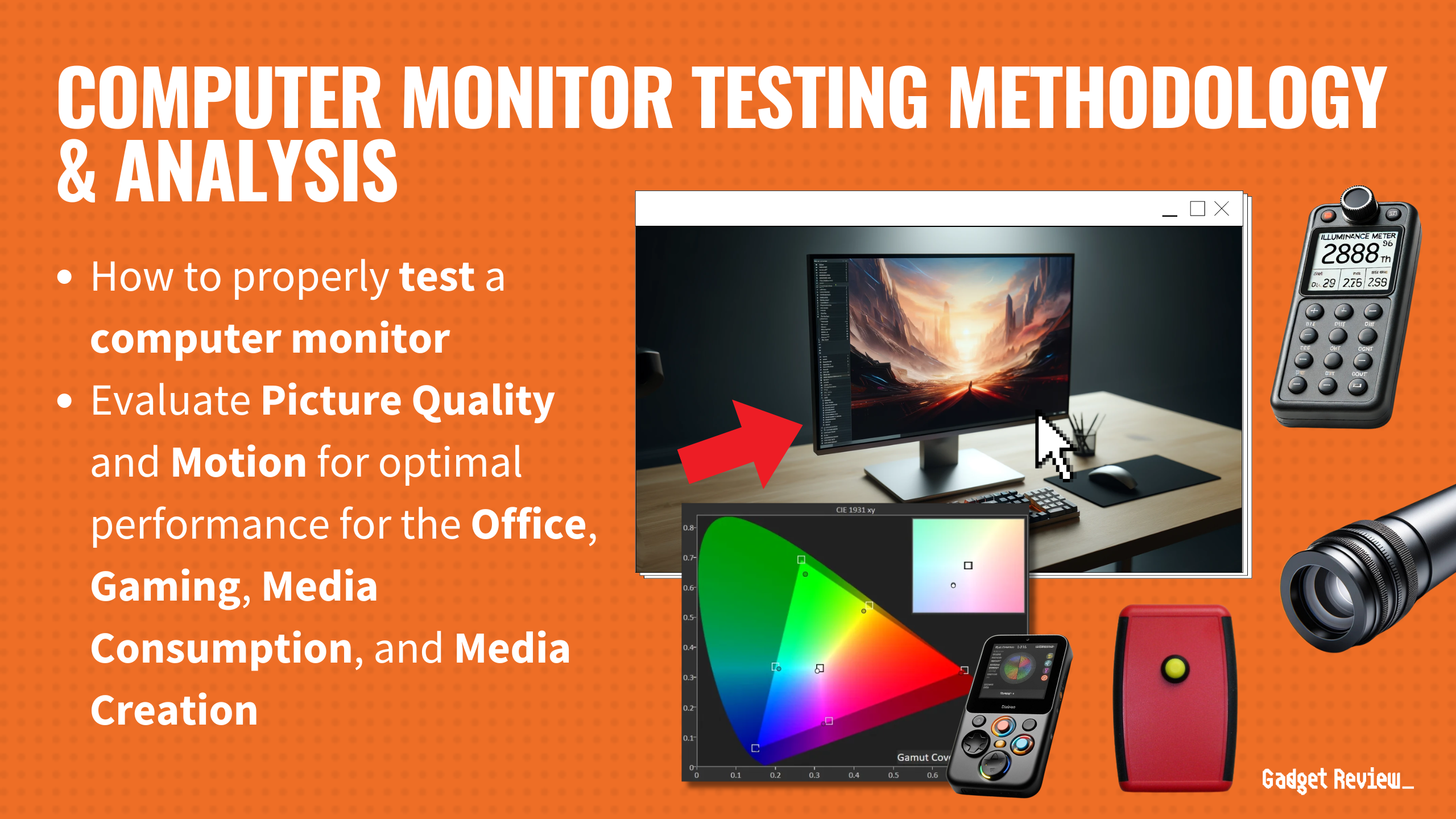Microsoft’s Copilot AI, integrated into Windows, has been found to be vulnerable to manipulation by malicious actors, as reported by Fortune. Cybersecurity expert Michael Bargury demonstrated five ways Copilot could be exploited at the recent Black Hat USA conference in Las Vegas.
Bargury showed how Copilot’s capabilities, like drafting emails and retrieving data, could be used maliciously. An attacker could mimic a user’s writing style to send convincing phishing emails with malware. They could also circumvent access permissions by wording prompts specifically to relay sensitive information, as reported by darkreading.
“I can enter your conversation from the outside and take full control of all of the actions that the copilot does on your behalf and its input,” he says regarding Copilot’s prompt injections. “Therefore, I’m saying this is the equivalent of remote code execution in the world of LLM apps.”
Futurism points out that these attacks are particularly concerning because they can be carried out without compromising email accounts. They can lead to the exfiltration of sensitive data. The severity is comparable to other large language model attacks that hackers have exploited.
Microsoft has acknowledged the vulnerabilities. They are working with Bargury to address them. The company has implemented various security mechanisms to detect and prevent prompt injection attacks. However, there is still a need for more tools that can detect “promptware,” or hidden instructions and untrusted data.
The vulnerabilities in Copilot reflect the broader cybersecurity landscape, where generative AI has created new attack vectors. Exploitation of these vulnerabilities could have significant consequences, including data breaches and financial losses.
Microsoft’s red team efforts, along with those of other researchers, play a crucial role in identifying and addressing vulnerabilities in AI systems. These efforts help improve the security of AI applications and prevent malicious actors from exploiting them. The industry as a whole is working to address the risks associated with generative AI.
Microsoft’s Response
Microsoft is taking the vulnerabilities in Copilot seriously. The company is working closely with Bargury to address the issues he identified.
Several security mechanisms have already been implemented. These include Prompt Shields, Groundedness Detection, and Safety Evaluation. The goal is to detect and prevent prompt injection attacks.
Microsoft also has an AI Red Team Strategy in place. This involves tools like PyRIT and Crescendomation. PyRIT helps identify risks in generative AI systems. Crescendomation automates Crescendo attacks to test AI defenses.
However, Microsoft acknowledges that more work is needed. The current security measures are not yet comprehensive enough to catch all types of prompt injection attacks. The company is committed to ongoing efforts to bolster Copilot’s defenses against malicious manipulation.
Image credit: Wikimedia




























